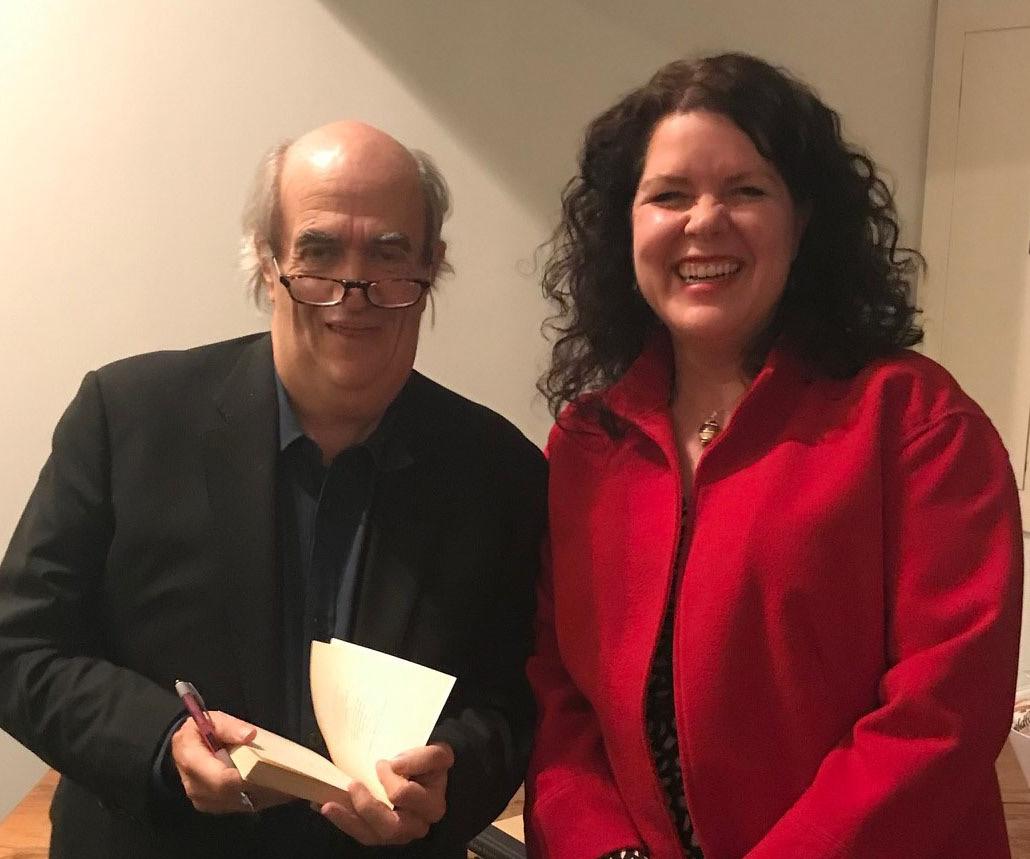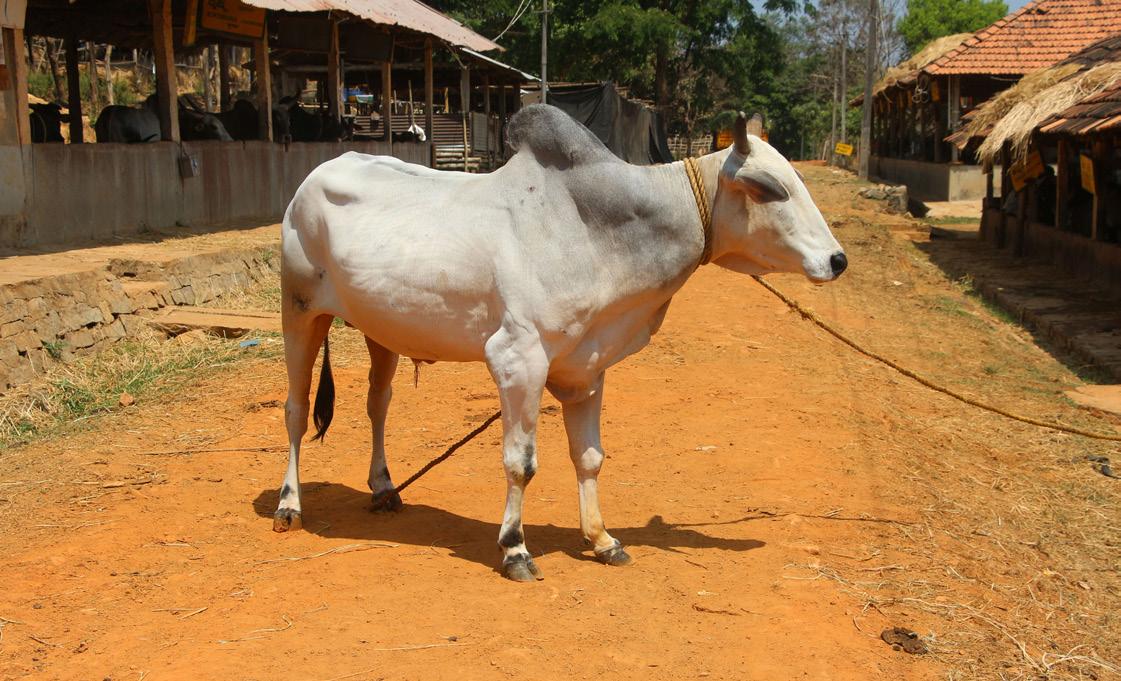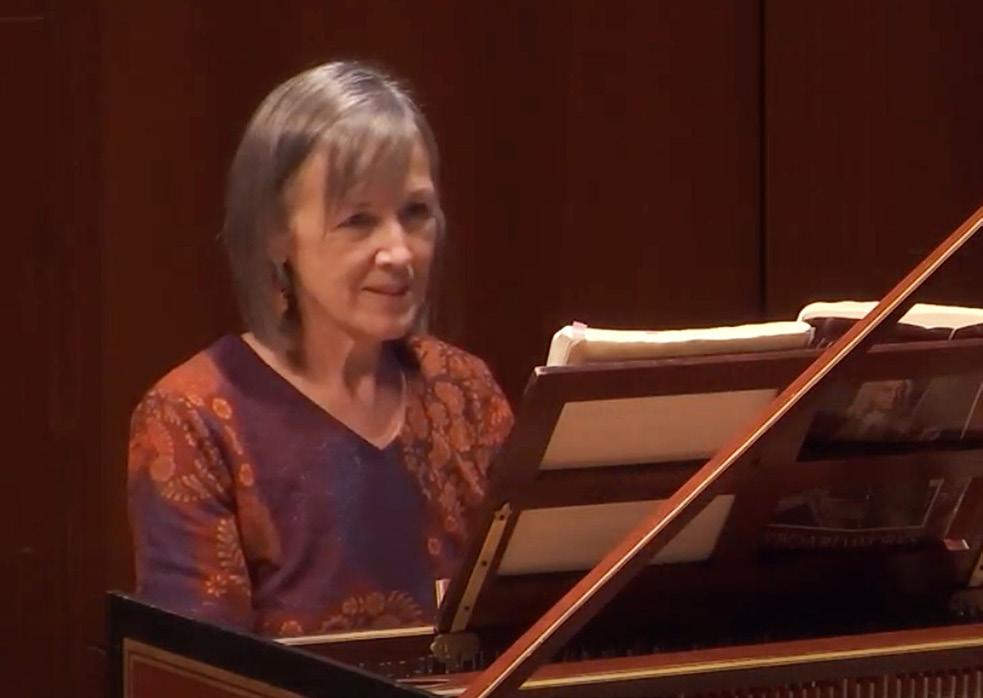through the writer’s poetic discourse, which would explain the absence of visual portraits. The poetic and intellectual essence of Tony Raful comes to light through paraphrase or direct quotes from famous poems and works by Sigmund Freud, Calderón de la Barca, Stéphane Mallarmé, Paul Eluard, Pablo Neruda, Nicolás Guillén, René del Risco Bermúdez, Jacques Viau, and Jorge Luis Borges. Descriptions, narrations, dialogues, and inner monologues abound in this book. In addition to the historical episodes, the author weaves an elegy to the city of Santo Domingo and addresses the protagonist, Rosaura, in the second person, while letting her voice and the ones of other characters tell their stories using a testimonial format. The incorporation of Dominican colloquial language adds naturalness and authenticity to the personal stories. The atmosphere of the text changes progressively and the feelings of anxiety, hope, and fear are well reflected, culminating in a pessimism similar to that displayed in other post-revolution novels about the April Conflict. The testimony of an ex-combatant who emigrates to New York reaffirms the state of demoralization: we lost the war and it’s over we’ve been losing it for five hundred years [...] so the first thing I did when I got to Kennedy Airport was to change my shoes and clothes I discarded a few Dominican pennies that I had carried with me I wanted to clean myself of the country’s ravaging of all that black nightmare (120-121).
Rosaura portrays those who did not physically leave the country and immersed themselves in defeatism and hypochondria, unable to free themselves from the trauma of war: “I am confined to memories, my life has been chaotic for twenty years and I cannot find myself ” (100). Rosaura, at the age of forty-two, resorts to Buddhist mysticism, transcendental meditation, psychiatric consultations, and listens to the advice of family members, leading to a diagnosis of “schizophrenia characterized by chronic psychopathic delusions” (135) that will confine her to a mental
hospital. The madness occurs as a consequence of a reality that cannot be subverted, especially for many of those who fought on the Constitutionalist side, confined in eight neighborhoods of the city of Santo Domingo and subjected to the bullets of the American soldiers by one side of the city and the bullets of former comrades-in-arms on the other. The discomfort of the April War is interpreted as yet another defeat in the institutional life of Dominicans and Las bodas de Rosaura con la Primavera perpetuates that unease in which each wedding or event ends with its shattered spring. Powerless in the face of so much ignominy, death is seen as the best solution: “I hope you die, Rosaura, dementia without spring is impotence” (138).
NOTES 1. This intervention is referred to by different names in the Dominican texts: the Intervention of the 65’s, the April War, the April Revolution, the April Insurrection, the April Conflict, terms that I use interchangeably in this essay. 2. Andrés L. Mateo, interview.
3. Marcio Veloz Maggiolo, interview.
4. Joaquín Balaguer served as Vice-President during Trujillo’s regime from 19571960. When Trujillo’s brother, Hector, a puppet President resigned in 1960, Balaguer became president of the Dominican Republic but left the country after Trujillo’s assassination. 5. Mateo Morrison, interview.
6. Andrés L. Mateo, interview.
7. These twenty-two years were distributed as follows: 1966-1978; 1986-1990; 1990-1994; 1994-1996. 8. Tony Raful, Las bodas de Rosaura con la primavera (Santo Domingo: Taller, 1991). References are taken from this edition. 9. San/Sanes (plural): informal saving modality in the Dominican Republic in which the organizer motivates a group of people to participate.
Works Cited Alcántara Almánzar, José. “Abril del 65 en la literatura dominicana.” Los escritores dominicanos y la cultura. Santo Domingo: INTEC, 1990. 135-61. ______. “Narrativa social dominicana: 1960-1970.” Narrativa y sociedad en Hispanoamérica. Santo Domingo: INTEC, 1984. 61-86.
Baeza Flores, Alberto. Los poetas dominicanos del 1965. Una generación importante y distinta. Santo Domingo: Biblioteca Nacional, 1985. Bartlow Martin, John. El destino dominicano. La crisis dominicana desde la caída de Trujillo hasta la guerra civil. Santo Domingo: Santo Domingo, 1975.
Calder, Bruce J. El impacto de la intervención. La República Dominicana durante la ocupación norteamericana de 1916-1924. Santo Domingo: Fundación Cultural Dominicana, 1989. Conde, Pedro. Antología informal. Santo Domingo: Nacional, [1971].
Cury, Jottin. Prólogo. Caamaño frente a la O.E.A. Santo Domingo: UASD, 1985. 11-19. De Frank Canelo, Juan. Dónde, por qué, de qué, cómo viven los dominicanos en el extranjero. Santo Domingo: Alfa y Omega, 1982.
Francisco, Ramón. Literatura dominicana 60. Santiago, República Dominicana: UCMM, 1969.
Franco Pichardo, Franklin. Historia del pueblo dominicano. Santo Domingo: Sociedad Editorial Dominicana, 1993. Incháustegui, Arístides. “Cronología histórico-política dominicana 19601977.” Eme Eme. Estudios dominicanos May-Jun. 1976: 99-137.
Moya Pons, Frank. Manual de historia dominicana. 11th ed. Santo Domingo: Caribbean Publishers, 1997. Pueblo, sangre y canto. Santo Domingo: Frente Cultural, 1965.
Raful, Tony. Las bodas de Rosaura con la primavera. Santo Domingo: Taller, 1991.
Vega, Bernardo. En la década perdida. Santo Domingo: Fundación Cultural Dominicana, 1991.
10. The sisters fought to overthrow dictator Trujillo and were killed by Trujillo’s men.
11 René del Risco Bermúdez. Cuentos y poemas completos. Santo Domingo: Taller, 1981, pp. 192-93. 12. Prostitute in Dominican Spanish.
Fall 2020/Agora
31


















